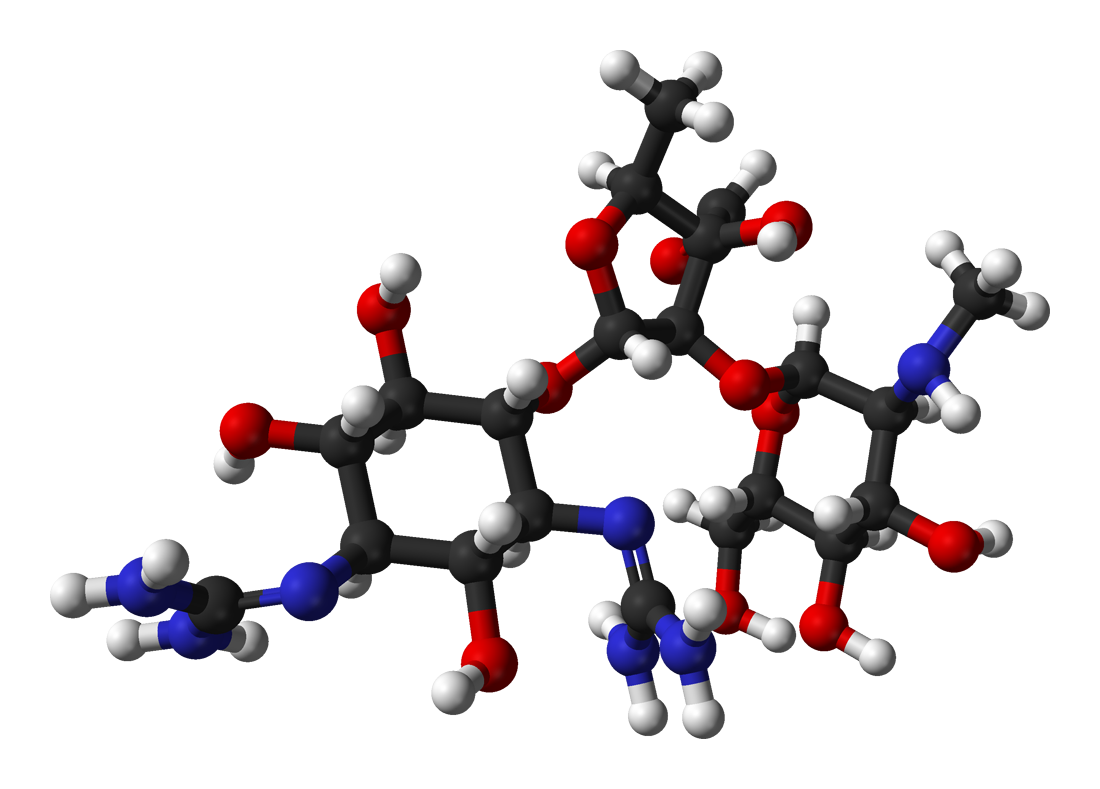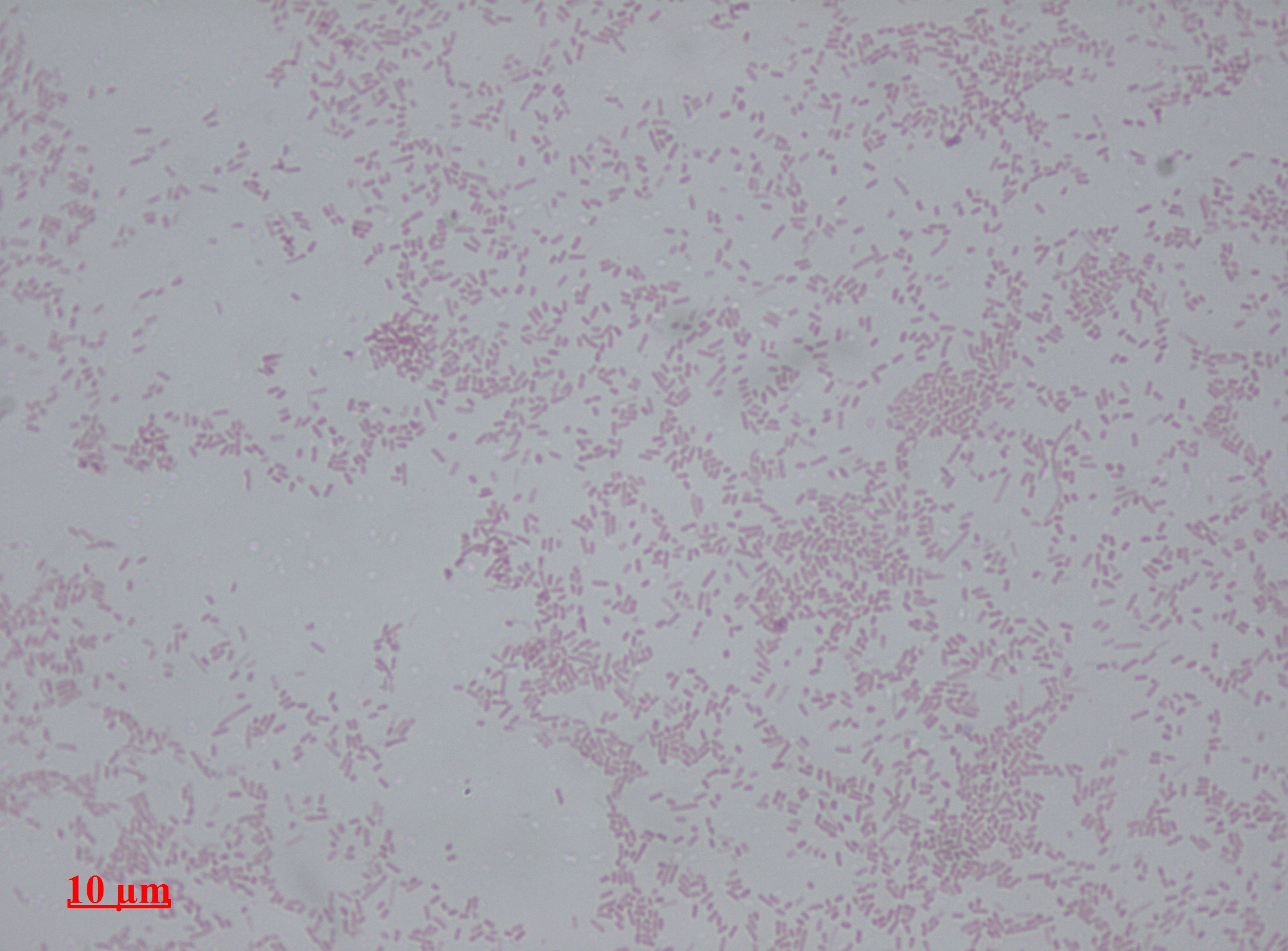|
Open Fracture
An open fracture, also called a compound fracture, is a type of bone fracture in orthopedics that is frequently caused by high energy trauma. It is a bone fracture, also known as a broken bone, associated with a break in the skin continuity which can cause complications such as infection, malunion, and nonunion. Gustilo open fracture classification is the most commonly used method to classify open fractures, to guide treatment and to predict clinical outcomes. Advanced trauma life support is the first line of action in dealing with open fractures and to rule out other life-threatening condition in cases of trauma. Cephalosporins are generally the first line of antibiotics. The antibiotics are continued for 24 hours to minimize the risk of infections. Therapeutic irrigation, wound debridement, early wound closure and bone fixation are the main management of open fractures. All these actions aimed to reduce the risk of infections. Classification There are a number of classificat ... [...More Info...] [...Related Items...] OR: [Wikipedia] [Google] [Baidu] |
Orthopedics
Orthopedic surgery or orthopedics ( alternatively spelt orthopaedics), is the branch of surgery concerned with conditions involving the musculoskeletal system. Orthopedic surgeons use both surgical and nonsurgical means to treat musculoskeletal trauma, spine diseases, sports injuries, degenerative diseases, infections, tumors, and congenital disorders. Etymology Nicholas Andry coined the word in French as ', derived from the Ancient Greek words ὀρθός ''orthos'' ("correct", "straight") and παιδίον ''paidion'' ("child"), and published ''Orthopedie'' (translated as ''Orthopædia: Or the Art of Correcting and Preventing Deformities in Children'') in 1741. The word was assimilated into English as ''orthopædics''; the ligature ''æ'' was common in that era for ''ae'' in Greek- and Latin-based words. As the name implies, the discipline was initially developed with attention to children, but the correction of spinal and bone deformities in all stages of life eventu ... [...More Info...] [...Related Items...] OR: [Wikipedia] [Google] [Baidu] |
Aminoglycoside
Aminoglycoside is a medicinal and bacteriologic category of traditional Gram-negative antibacterial medications that inhibit protein synthesis and contain as a portion of the molecule an amino-modified glycoside (sugar). The term can also refer more generally to any organic molecule that contains amino sugar substructures. Aminoglycoside antibiotics display bactericidal activity against Gram-negative aerobes and some anaerobic bacilli where resistance has not yet arisen but generally not against Gram-positive and anaerobic Gram-negative bacteria.ME Levison, MD, 2012, Aminoglycosides, The Merck Manua accessed 22 February 2014. Streptomycin is the first-in-class aminoglycoside antibiotic. It is derived from ''Streptomyces griseus'' and is the earliest modern agent used against tuberculosis. Streptomycin lacks the common 2-deoxystreptamine moiety (image right, below) present in most other members of this class. Other examples of aminoglycosides include the deoxystreptamine-contai ... [...More Info...] [...Related Items...] OR: [Wikipedia] [Google] [Baidu] |
Klebsiella Pneumoniae
''Klebsiella pneumoniae'' is a Gram-negative, non-motile, encapsulated, lactose- fermenting, facultative anaerobic, rod-shaped bacterium. It appears as a mucoid lactose fermenter on MacConkey agar. Although found in the normal flora of the mouth, skin, and intestines, it can cause destructive changes to human and animal lungs if aspirated, specifically to the alveoli resulting in bloody, brownish or yellow colored jelly like sputum. In the clinical setting, it is the most significant member of the genus ''Klebsiella'' of the Enterobacteriaceae. ''K. oxytoca'' and ''K. rhinoscleromatis'' have also been demonstrated in human clinical specimens. In recent years, ''Klebsiella'' species have become important pathogens in nosocomial infections. It naturally occurs in the soil, and about 30% of strains can fix nitrogen in anaerobic conditions. As a free-living diazotroph, its nitrogen-fixation system has been much-studied, and is of agricultural interest, as ''K. pneumoniae'' has ... [...More Info...] [...Related Items...] OR: [Wikipedia] [Google] [Baidu] |
Proteus Mirabilis
''Proteus mirabilis'' is a Gram-negative, facultatively anaerobic, rod-shaped bacterium. It shows swarming motility and urease activity. ''P. mirabilis'' causes 90% of all ''Proteus'' infections in humans. It is widely distributed in soil and water. ''Proteus mirabilis'' can migrate across the surface of solid media or devices using a type of cooperative group motility called swarming. ''Proteus mirabilis'' is most frequently associated with infections of the urinary tract, especially in complicated or catheter-associated urinary tract infections. Diagnosis An alkaline urine sample is a possible sign of ''P. mirabilis''. It can be diagnosed in the lab due to characteristic swarming motility, and inability to metabolize lactose (on a MacConkey agar plate, for example). Also ''P. mirabilis'' produces a very distinct fishy odor. Disease This rod-shaped bacterium has the ability to produce high levels of urease, which hydrolyzes urea to ammonia (NH3), so makes the urine more al ... [...More Info...] [...Related Items...] OR: [Wikipedia] [Google] [Baidu] |
Escherichia Coli
''Escherichia coli'' (),Wells, J. C. (2000) Longman Pronunciation Dictionary. Harlow ngland Pearson Education Ltd. also known as ''E. coli'' (), is a Gram-negative, facultative anaerobic, rod-shaped, coliform bacterium of the genus '' Escherichia'' that is commonly found in the lower intestine of warm-blooded organisms. Most ''E. coli'' strains are harmless, but some serotypes ( EPEC, ETEC etc.) can cause serious food poisoning in their hosts, and are occasionally responsible for food contamination incidents that prompt product recalls. Most strains do not cause disease in humans and are part of the normal microbiota of the gut; such strains are harmless or even beneficial to humans (although these strains tend to be less studied than the pathogenic ones). For example, some strains of ''E. coli'' benefit their hosts by producing vitamin K2 or by preventing the colonization of the intestine by pathogenic bacteria. These mutually beneficial relationships between ''E ... [...More Info...] [...Related Items...] OR: [Wikipedia] [Google] [Baidu] |
Gram Negative
The gram (originally gramme; SI unit symbol g) is a unit of mass in the International System of Units (SI) equal to one one thousandth of a kilogram. Originally defined as of 1795 as "the absolute weight of a volume of pure water equal to the cube of the hundredth part of a metre the_temperature_of_Melting_point.html" "title="Melting_point_of_water.html" ;"title="Cubic_centimetre.html" ;"title=" Cubic centimetre">cm3], and at Melting point of water">the temperature of Melting point">melting ice", the defining temperature (~0 °C) was later changed to 4 °C, the temperature of maximum density of water. However, by the late 19th century, there was an effort to make the Base unit (measurement), base unit the kilogram and the gram a derived unit. In 1960, the new International System of Units defined a ''gram'' as one one-thousandth of a kilogram (i.e., one gram is Scientific notation, 1×10−3 kg). The kilogram, as of 2019, is defined by the International Bur ... [...More Info...] [...Related Items...] OR: [Wikipedia] [Google] [Baidu] |
Gram Positive
In bacteriology, gram-positive bacteria are bacteria that give a positive result in the Gram stain test, which is traditionally used to quickly classify bacteria into two broad categories according to their type of cell wall. Gram-positive bacteria take up the crystal violet stain used in the test, and then appear to be purple-coloured when seen through an optical microscope. This is because the thick peptidoglycan layer in the bacterial cell wall retains the stain after it is washed away from the rest of the sample, in the decolorization stage of the test. Conversely, gram-negative bacteria cannot retain the violet stain after the decolorization step; alcohol used in this stage degrades the outer membrane of gram-negative cells, making the cell wall more porous and incapable of retaining the crystal violet stain. Their peptidoglycan layer is much thinner and sandwiched between an inner cell membrane and a bacterial outer membrane, causing them to take up the counterstain (s ... [...More Info...] [...Related Items...] OR: [Wikipedia] [Google] [Baidu] |
Cefazolin
Cefazolin, also known as cefazoline and cephazolin, is a first-generation cephalosporin antibiotic used for the treatment of a number of bacterial infections. Specifically it is used to treat cellulitis, urinary tract infections, pneumonia, endocarditis, joint infection, and biliary tract infections. It is also used to prevent group B streptococcal disease around the time of delivery and before surgery. It is typically given by injection into a muscle or vein. Common side effects include diarrhea, vomiting, yeast infections, and allergic reactions. It is not recommended in people who have a history of anaphylaxis to penicillin. It is relatively safe for use during pregnancy and breastfeeding. Cefazolin is in the first-generation cephalosporin class of medication and works by interfering with the bacteria's cell wall. Cefazolin was patented in 1967 and came into commercial use in 1971. It is on the World Health Organization's List of Essential Medicines. It is avail ... [...More Info...] [...Related Items...] OR: [Wikipedia] [Google] [Baidu] |
Cephalosporin
The cephalosporins (sg. ) are a class of β-lactam antibiotics originally derived from the fungus ''Acremonium'', which was previously known as ''Cephalosporium''. Together with cephamycins, they constitute a subgroup of β-lactam antibiotics called cephems. Cephalosporins were discovered in 1945, and first sold in 1964. Discovery The aerobic mold which yielded cephalosporin C was found in the sea near a sewage outfall in Su Siccu, by Cagliari harbour in Sardinia, by the Italian pharmacologist Giuseppe Brotzu in July 1945. Structure Cephalosporin contains a 6-membered dihydrothiazine ring. Substitutions at position 3 generally affect pharmacology; substitutions at position 7 affect antibacterial activity, but these cases are not always true. Medical uses Cephalosporins can be indicated for the prophylaxis and treatment of infections caused by bacteria susceptible to this particular form of antibiotic. First-generation cephalosporins are active predominantly against ... [...More Info...] [...Related Items...] OR: [Wikipedia] [Google] [Baidu] |
Velocity
Velocity is the directional speed of an object in motion as an indication of its rate of change in position as observed from a particular frame of reference and as measured by a particular standard of time (e.g. northbound). Velocity is a fundamental concept in kinematics, the branch of classical mechanics that describes the motion of bodies. Velocity is a physical vector quantity; both magnitude and direction are needed to define it. The scalar absolute value (magnitude) of velocity is called , being a coherent derived unit whose quantity is measured in the SI (metric system) as metres per second (m/s or m⋅s−1). For example, "5 metres per second" is a scalar, whereas "5 metres per second east" is a vector. If there is a change in speed, direction or both, then the object is said to be undergoing an ''acceleration''. Constant velocity vs acceleration To have a ''constant velocity'', an object must have a constant speed in a constant direction. Constant directi ... [...More Info...] [...Related Items...] OR: [Wikipedia] [Google] [Baidu] |
Anti-tetanus Immunoglobulin
Anti-tetanus immunoglobulin, also known as tetanus immune globulin (TIG) and tetanus antitoxin, is a medication made up of antibodies against the tetanus toxin. It is used to prevent tetanus in those who have a wound that is at high risk, have not been fully vaccinated with tetanus toxoid, or have HIV/AIDS. It is used to treat tetanus along with antibiotics and muscle relaxants. It is given by injection into a muscle. Part of the dose is injected at the site of the wound. Common side effects include pain at the site of injection and fever. Allergic reactions including anaphylaxis may rarely occur. There is also a very low risk of the spread of infections such as viral hepatitis and HIV/AIDS with the human version. Use during pregnancy and lactation is acceptable. It is made from either human or horse blood plasma. The immunoglobulin is categorized as immunoglobulin G (IgG). Since the tetanus toxin permanently binds to human tissues, only unbounded molecules can be neutralize ... [...More Info...] [...Related Items...] OR: [Wikipedia] [Google] [Baidu] |




.jpg)
